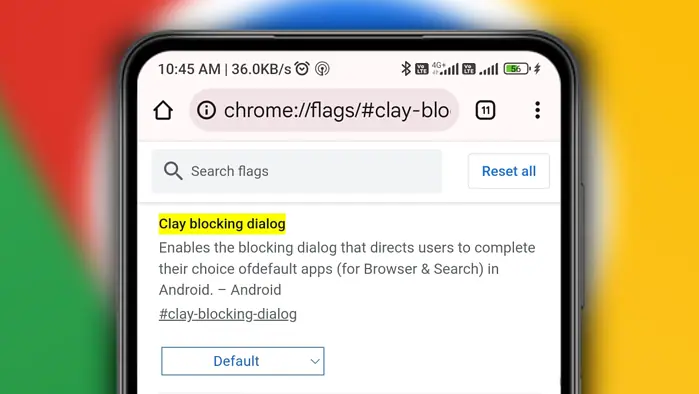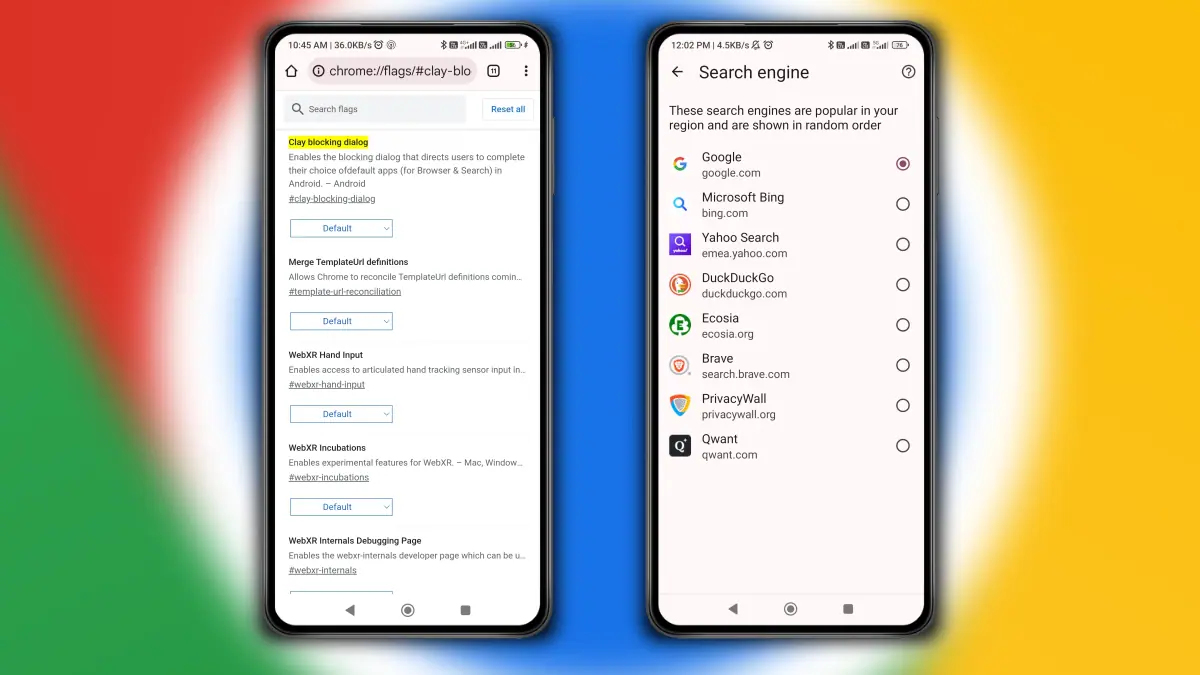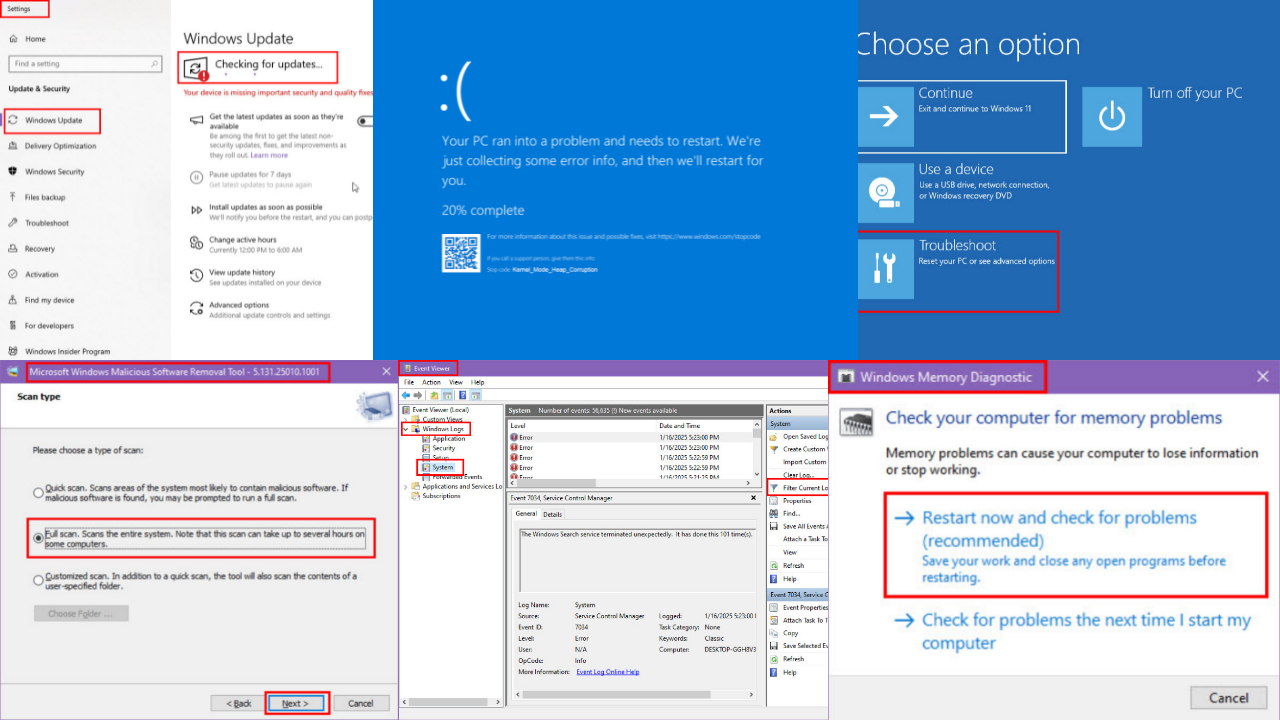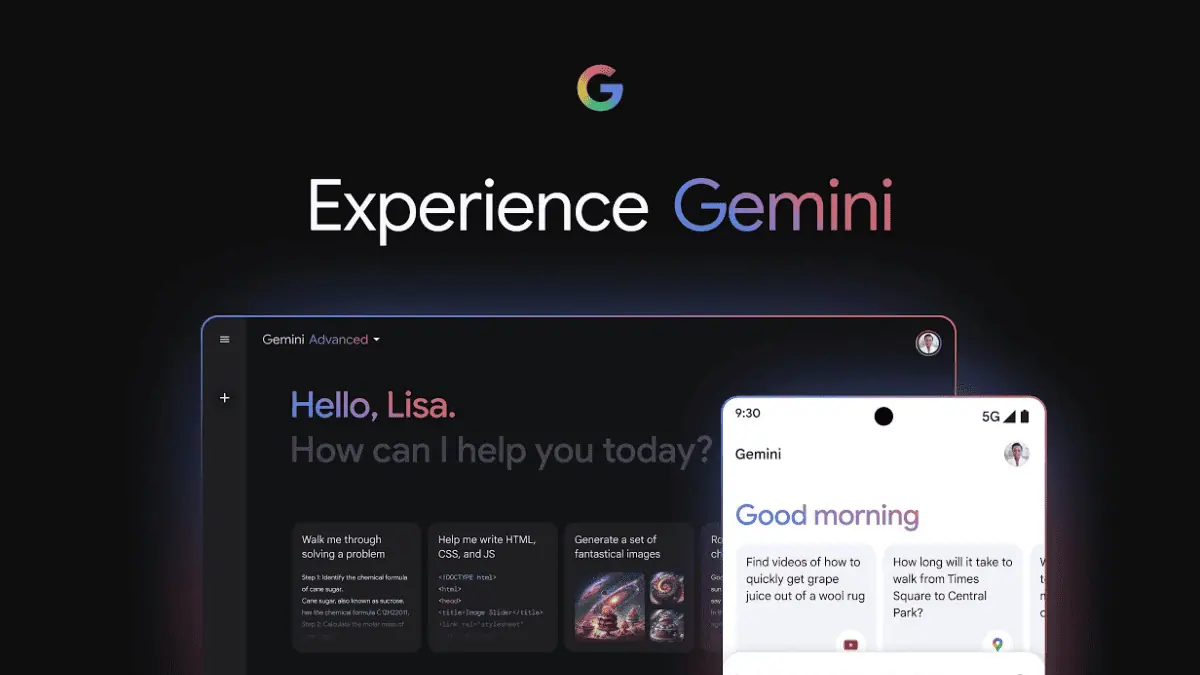Google pressures Android users to set app defaults amid Chrome privacy lawsuit
Google has been in hot water for quite some time
2 min. read
Published on
Read our disclosure page to find out how can you help MSPoweruser sustain the editorial team Read more
Key notes
- Google now lets Android users in Europe choose their default browser and search engine.
- New settings in Android prompt users to finalize these choices.
- This change addresses EU antitrust concerns about fair competition.

As a result of the European Union’s antitrust case, Google now allows Android users in Europe to choose their default search engine app and web browser.
The Mountain View tech giant is now adding “blocking choice” dialogs in Android settings that will prompt users to finalize their default app (browser) and search engine selections. We’ve also spotted a Gerrit update that hints at this addition, as well as a flag to activate it.
The update reads, “[Clay] Implement blocking choice dialog. This cl adds dialogs that will invite users to finish choosing their default app & search engine in Android settings. For now, the dialog button doesn’t do anything. The backend logic will be handled in a follow-up cl.”

That means, that while the dialog button currently serves no function, the backend logic will be implemented in a follow-up change.
This step was taken to address issues related to unfair practices. It applies to mobile devices, but not to desktop ones. To adjust these settings on your Android device, you can do so in the settings menu. It also fits with the EU’s focus on fair competition and helps users make better choices about their preferences.
Google isn’t new to lawsuits over data collection as it’s currently facing a revived class action lawsuit over claims that Chrome collected user data without consent. Related to one lawsuit in the past, the company changed the incognito page disclaimer in Chrome across platforms to reflect it and include other websites that may collect data.








User forum
0 messages